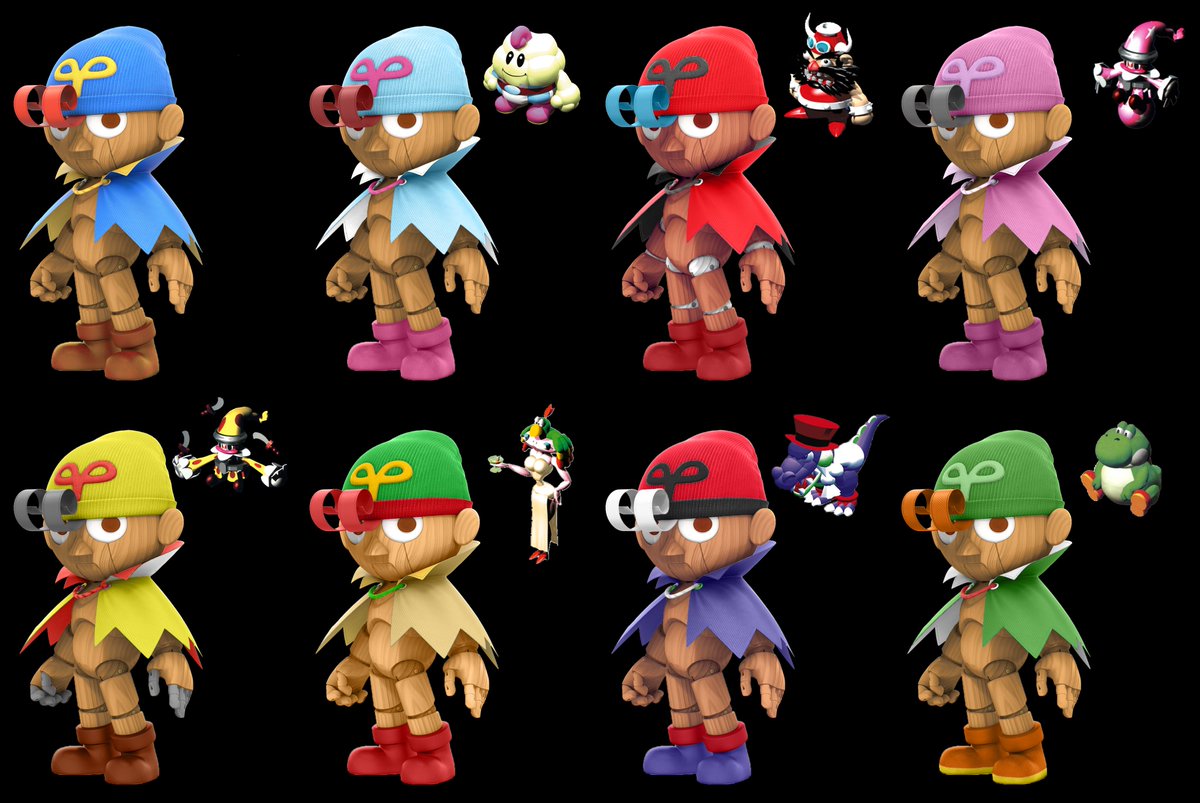
Smithy's Factory is located in a dark and gloomy void dimension, with Exor serving as a bridge between the worlds.Many other accessories can be considered as such, like the Amulet ( sacrifice speed in favor of all other stats), the Jinx Belt ( speed and physical attributes), and both scarves (one for both kinds of attack, the other for both kinds of defense).The Quartz Charm's Flavor Text is "A shining source of power!", and boosts attack and defense by 50% ( although it doesn't tell you so).After-Combat Recovery: Dead characters are revived with 1 HP and still gain experience at the end of battle.However, his role is pretty minimal, and you can play the whole game without ever running into him. Advertised Extra: Yoshi appears with the main cast on the Japanese box art, suggesting that he's pivotal to the story.However, Mario doesn't know this, which causes problems for a player doing a second playthrough.
Valentina super mario rpg password#
It ends up being the password to the balcony in Booster's Tower. Addressing the Player: You're required to have a profile name.Considering Mario is explicitly capable of (somehow) concealing several other characters on his person while he walks around, it's possible others in this world have the same ability. The lone-on-the-overworld Hammer Bro faced as the Warmup Boss somehow becomes two in battle. Actually Four Mooks: Mostly seen with enemy encounters scripted fights and boss battles usually have the same number of enemies both on the map and in battle, though not always.Naturally, both of Super Mario RPG's Spiritual Successors, Paper Mario and Mario & Luigi, take this mechanic and elaborate on it in different ways. You can even reduce or negate the damage from most enemy attacks. Action Commands: Probably the Trope Codifier in Role Playing Games: every attack and spell can be improved with a well-timed button press.Its enemies include rats, fish, and undead monsters.

Valentina super mario rpg series#
Nintendo would take these themes and run with them, producing a series of pseudo-sequels without Square's involvement, Paper Mario and Mario & Luigi. This would also be the first Mario game to feature extensive storytelling and characterization, and introduced the concept of Bowser being portrayed as a more complex and potentially sympathetic character. Mario has no speaking role (because he's the silent RPG protagonist), so he has to act out all of his "lines" in mime (including doing an impression of Bowser). The game was one of the first to engage in a full-on Lampshade Hanging frenzy regarding the tropes of both the Mario series and Square's own RPGs. With the help of his companions (including, for the first time, Bowser), Mario sets off to smash the Smithy Gang and save the world. Unless the Star Road can be repaired by finding and re-assembling the seven Star Pieces, no wishes will ever come true again. which grants the wishes of everyone in Mario's world. Soon afterwards, a messenger from the stars named Geno (or rather, " ♡♪!?") informs us that the blade also shattered the Star Road, note Last seen in Super Mario World as a hidden 8th World. It was also a Trope Codifier of Mascot RPG spin-offs for video game franchises that you wouldn't think would lend themselves to a Role-Playing Game format.ĭuring a routine princess-saving by Mario, a mechanical menace named Smithy takes over Bowser's Keep. It was famously developed by Square and published by Nintendo in 1996 for the SNES. Super Mario RPG: Legend of the Seven Stars is Exactly What It Says on the Tin: it is the first Eastern RPG to be developed under the Mario banner.

Snifit 1 ( mistaking Mario for an impersonator).


 0 kommentar(er)
0 kommentar(er)
